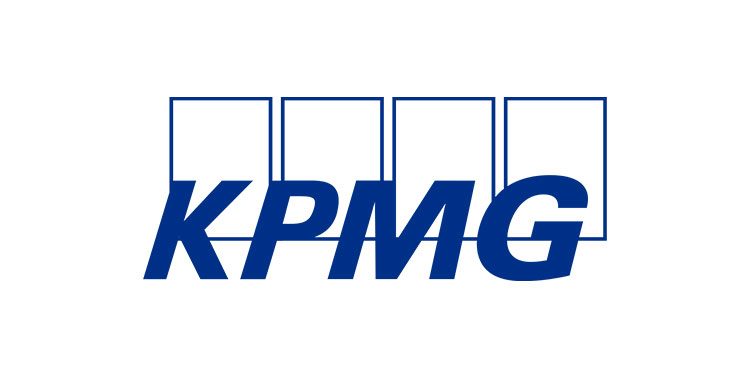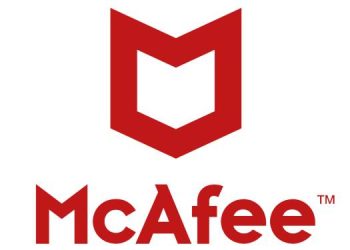KPMG has released a thought leadership titled “COVID-19: The many shades of a crisis- A media and entertainment sector perspective” which discusses the impact of COVID19 in the Media and Entertainment industry. The report highlights that media consumption over time has tended to be income inelastic, however, the current environment could result in a dip in media consumption in the near term; and also foresees key trends across Television, Print media, Films, OTT platforms during COVID along with the recovery time for the same.
Further more, the report highlights that due to COVID-19, traditional media could face some challenges in the near to medium term, and there is likely to be a long-term upward shift in the integration of digital technologies into our everyday lives with media and entertainment being an immediate beneficiary.

Speaking on the ongoing situation, Satya Easwaran, Partner, and Leader – Markets Enablement, Technology, Media and Telecom (TMT), KPMG in India says, “The COVID-19 pandemic has resulted in a drastic cut in advertising expenditure across all media. However, with people being homebound, consumption of media and entertainment – and digital media in particular – has seen considerable growth. Post-crisis, we anticipate an even greater integration of technology into our everyday lives with a marked digital progression of Indians across socio-economic classes. Monetization, however, might remain a challenge in the near term.”
Below are the key highlights of the report:
Insights into the crisis and its aftermath:
- Ad-spend pressures to linger on the back of a weak economy and lower domestic consumption
- Longer time lag to return to normalcy for weaker economic sections of the populations
- Digital consumption to see rapid incremental growth with India’s digital billion trajectories likely to accelerate materially
- At-home entertainment options (digital, TV, gaming) to see an upswing as ‘lockdown behavior’ results in habit formation
- Outdoor entertainment (films, events, theme parks) particularly in COVID-19 hotspots to see lingering risk aversion even in the medium term. ‘Pent-up’ demand behavior among some sections of the population may provide some respite
- Delayed expansion plans though digital businesses aggressively target market opportunity
Impact on the Media and Entertainment sector:
Supply chain:
- Innovations in the content pipeline: A focus on building a stronger content bank may result in working capital being locked up across the value chain, leading to higher cash flow requirements
- Innovations in delivery models: With outdoor entertainment and recreation facing challenges in the near term, innovative outreach and delivery models are likely to evolve
- Greater emphasis on predictive analytics: Companies could place an increasing amount of reliance on Artificial Intelligence (AI)/ Machine Learning (ML) to predict consumer behavior in these uncertain times
Consumption:
- India vs. Bharat dichotomy could likely widen
- At-home consumption, particularly OTT and gaming, to see continued accelerated growth
- Outdoor media consumption: M&E segments such as films, events, and theme parks are looking at a prolonged recovery cycle, owing to risk aversion towards social gatherings, particularly in COVID-19 affected cities and hotspots, which unfortunately includes some of the major cities
- While India’s media consumption remains upbeat during the lockdown, indulgent expenses around the purchase of latest hardware, technology upgrades, etc. could be postponed for a while
Monetization:
- Longer timelines for ad spend recovery
- Penetration of subscription-based digital models to accelerate: Digital subscription revenues could see an upswing post-COVID-19 as habit formation in terms of OTT video consumption sets in
- The print will get a new lease of life
- Medium-term downside risk for outdoor entertainment segments: Aversion to social gatherings in the medium term (particularly in major COVID-19 hotspots) could result in lower footfalls and ticket sales for films, events, and theme parks
- M&E services build on domestic opportunities: There is likely to be a greater emphasis on domestic markets in the services space, particularly in the animation and VFX segments, as global pipelines come under severe pressure
A framework to help companies work through the transition to normalcy:
The immediate focus for companies will be on value preservation and protection
- Protection of the workforce: Focus first on the physical and mental well-being of the workforce with a gradual reintegration process. Time for leadership to deliver clear messages on organizational priorities and provide a fair assessment of the impact of the crisis on their business to employees
- Stakeholder communication includes not just employees but also external parties including vendors, partners, and customers
- Identify short-term cash flow challenges and enable cost levers for savings opportunities
The medium-term objective will be value creation
- Agree and implement the recovery plan
- Incorporate learnings from the crisis to streamline processes and potentially provide better insulation from such shocks
- Devise tactical working capital projections in acknowledgment of the changing environment
- Invest in upskilling teams to adapt to the new normal
Long-term vision will be value realization
Carve-out of non-core businesses to unlock value
Identify strategically aligned inorganic growth opportunities
Develop deep and credible succession plans

Girish Menon, Partner, and Leader – Media and Entertainment, KPMG in India said “The COVID-19 experience is likely to result in a long-term upward shift in the integration of digital technologies into our everyday lives, with India’s ‘digital billion’ trajectory likely to accelerate materially. We expect greater affinity to be seen for at-home entertainment with subscription models, cord-shaving and streaming to larger screens seeing an exponential pick-up in the near to medium term. Outdoor entertainment options including – films, events, theme parks – particularly in COVID-19 hotspots could see lingering risk aversion even in the medium term. With monetization, particularly ad-spend, under pressure, the focus for M&E companies in the near to medium term would be on cash management and profit protection with greater technology integration. Organizations might need to be risk-focused and innovate existing business models and processes to survive and emerge stronger.”

















